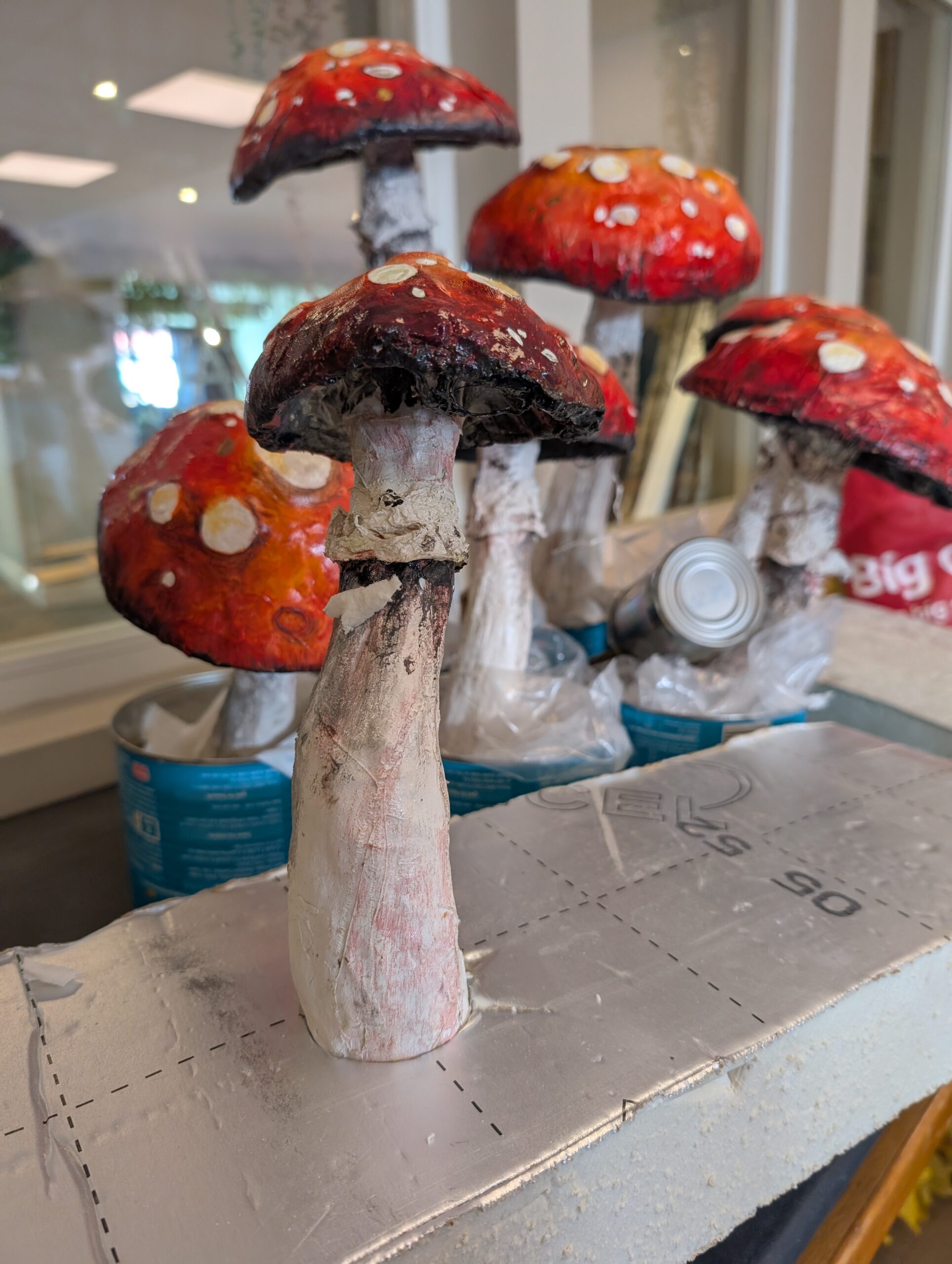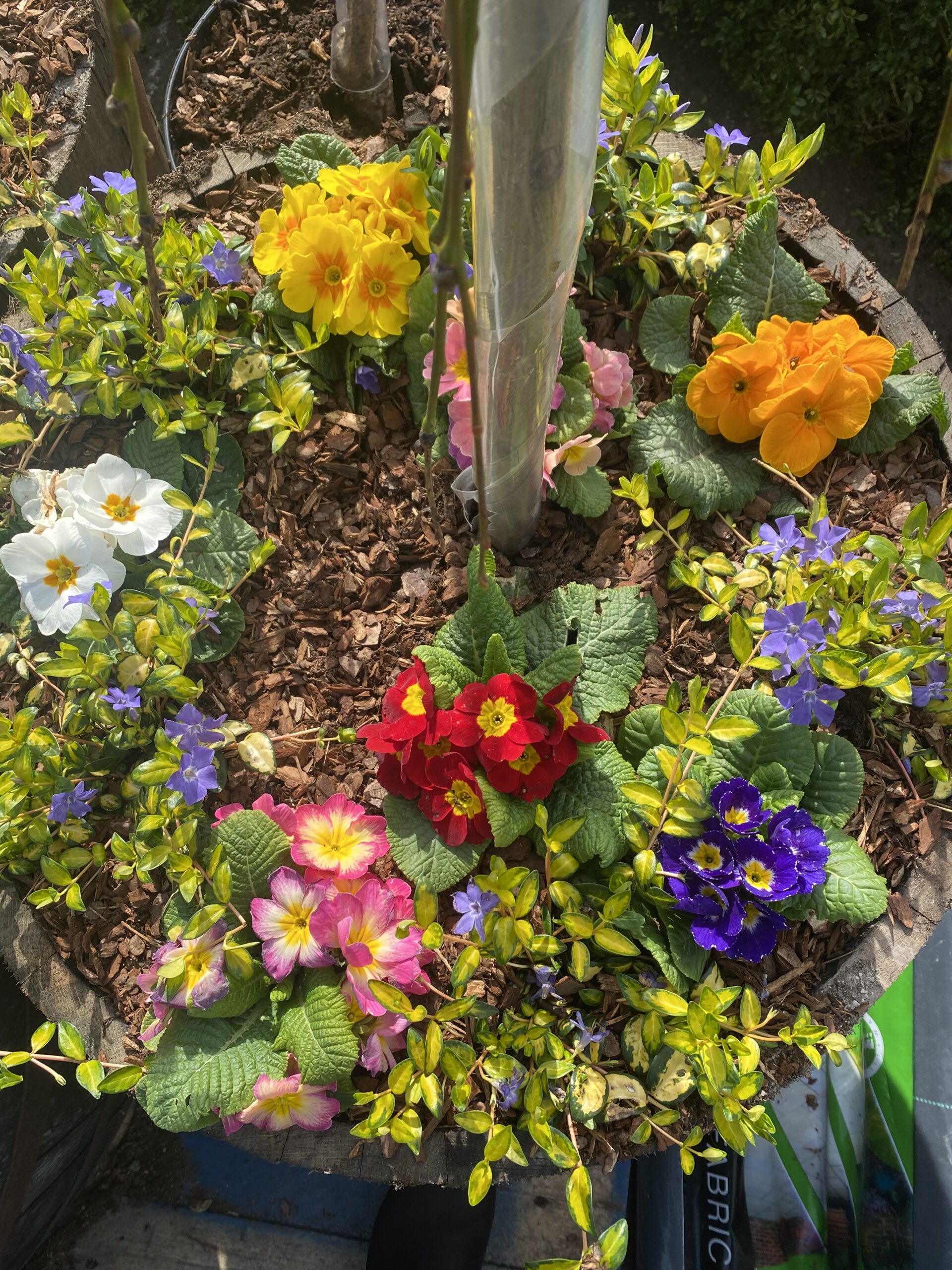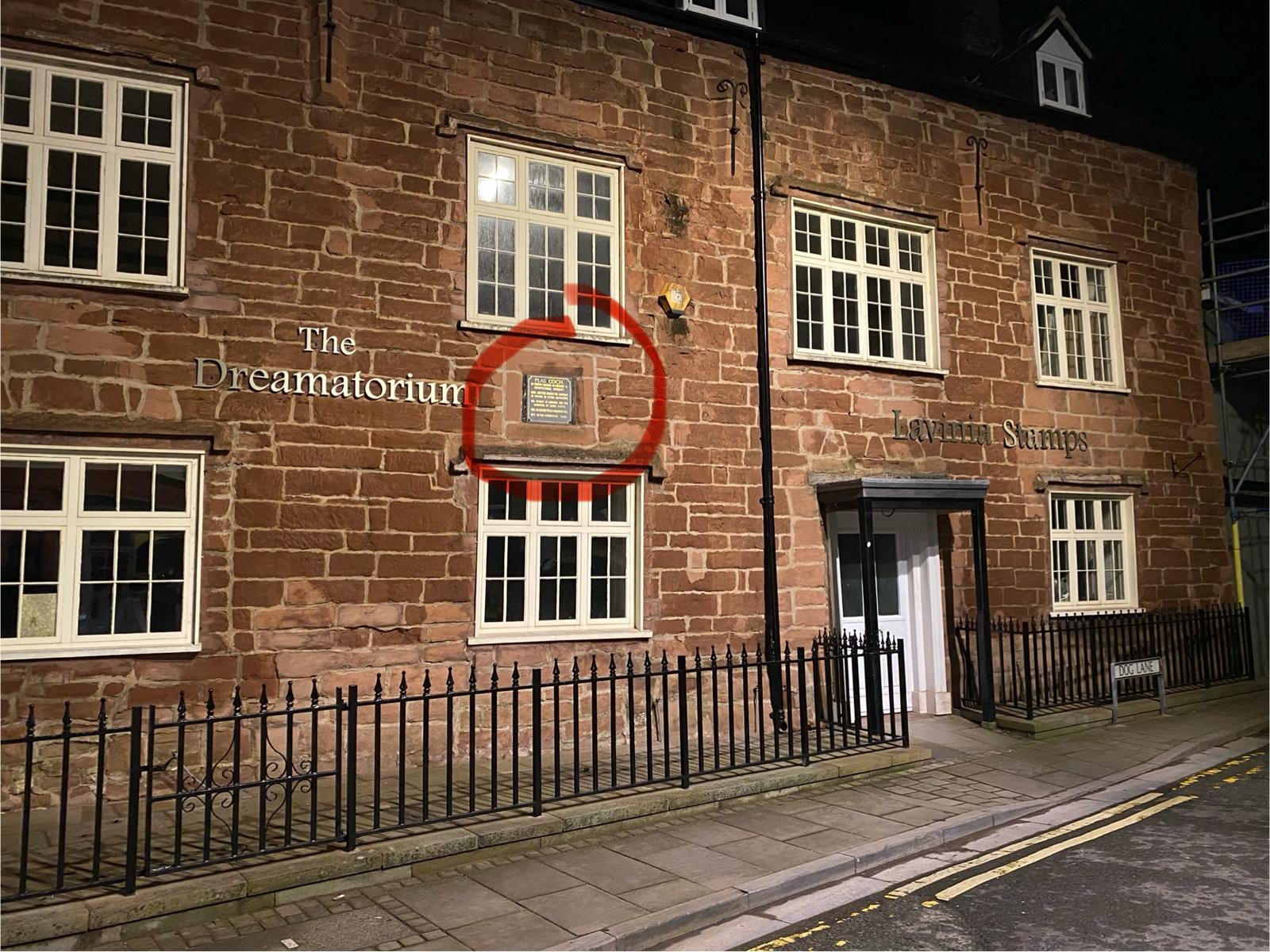My mission to try and identify the person who had Plas Coch built took me in many directions. There was the archives of course, but to see archives that were relevant to this question would involve a trip to The National Archives in London or to The National Library of Wales in Aberystwyth. As I knew my limitations ( in that I am only an amateur sleuth and that there are only so many hours in the day), Tracey and I came up with a Plan B.
Plan B involved asking for professional help!
Which is when we asked Joseph Saunders (Joe), who is on the approved researchers list for the National Archives to look into some documents for us.
He was, if you like, our man in London.
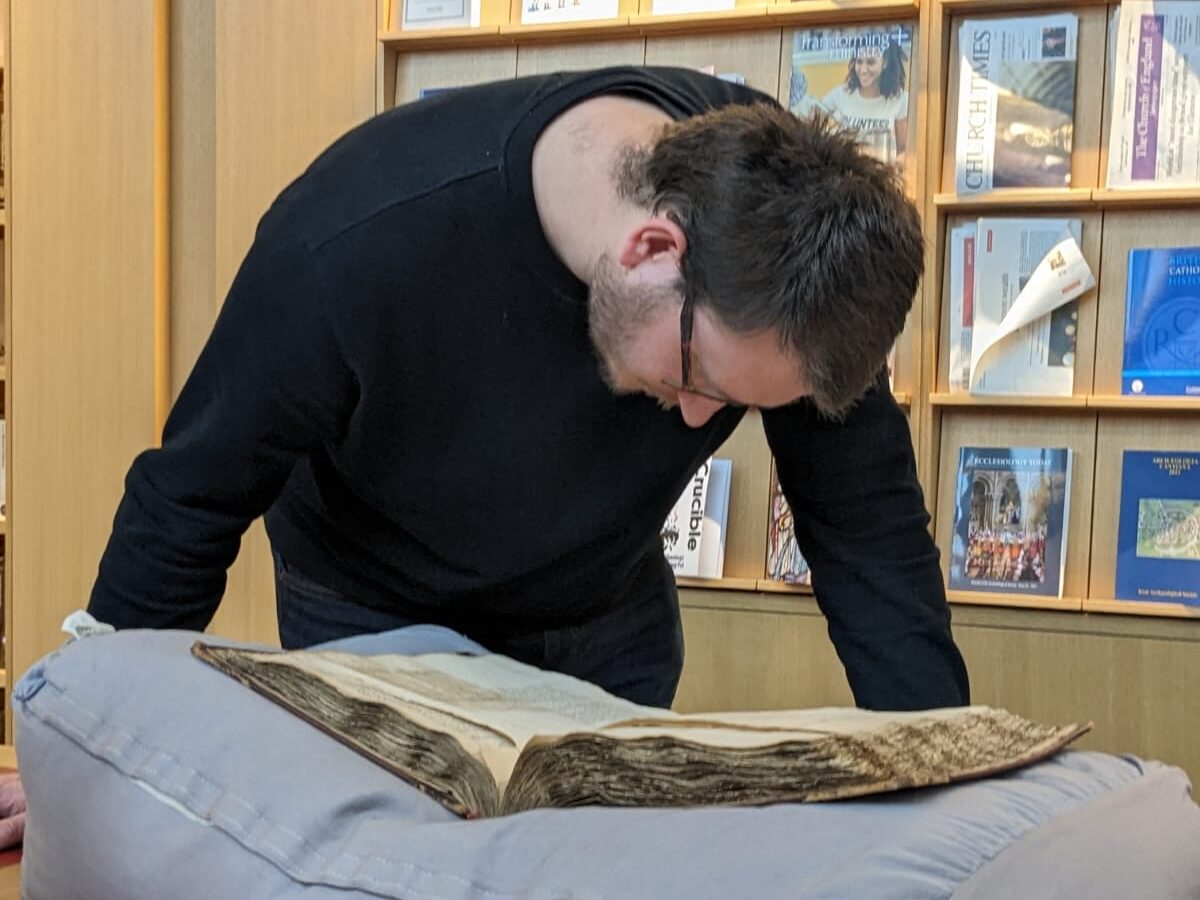
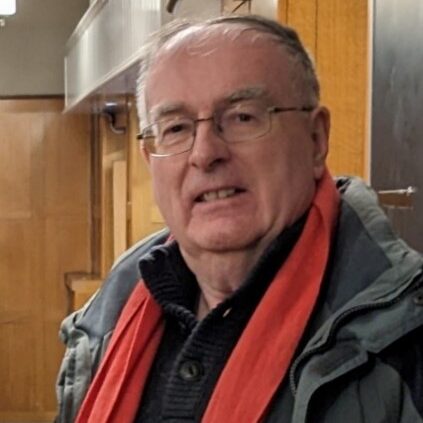
So it was that this investigation, which had been kick-started by information provided by local historian Gareth Evans, gathered pace.
In my naivety I hoped that Joe would get in touch with an email that succinctly said : The name you are after is_____________.
Unfortunately, things are never that easy are they!
However the things that Joe found out made us start to focus our attention on the big names of the time in Ruthin.
Yes.
There were definitely a group of movers and shakers around the 1600’s whose names appear repeatedly in historical documents. The names that seemed to be repeated were a large family of Thelwalls, the Salisburys, the Parrys and the Longfords.
This journey took Joe to Lambeth Palace to take a look at the Talbot Papers.
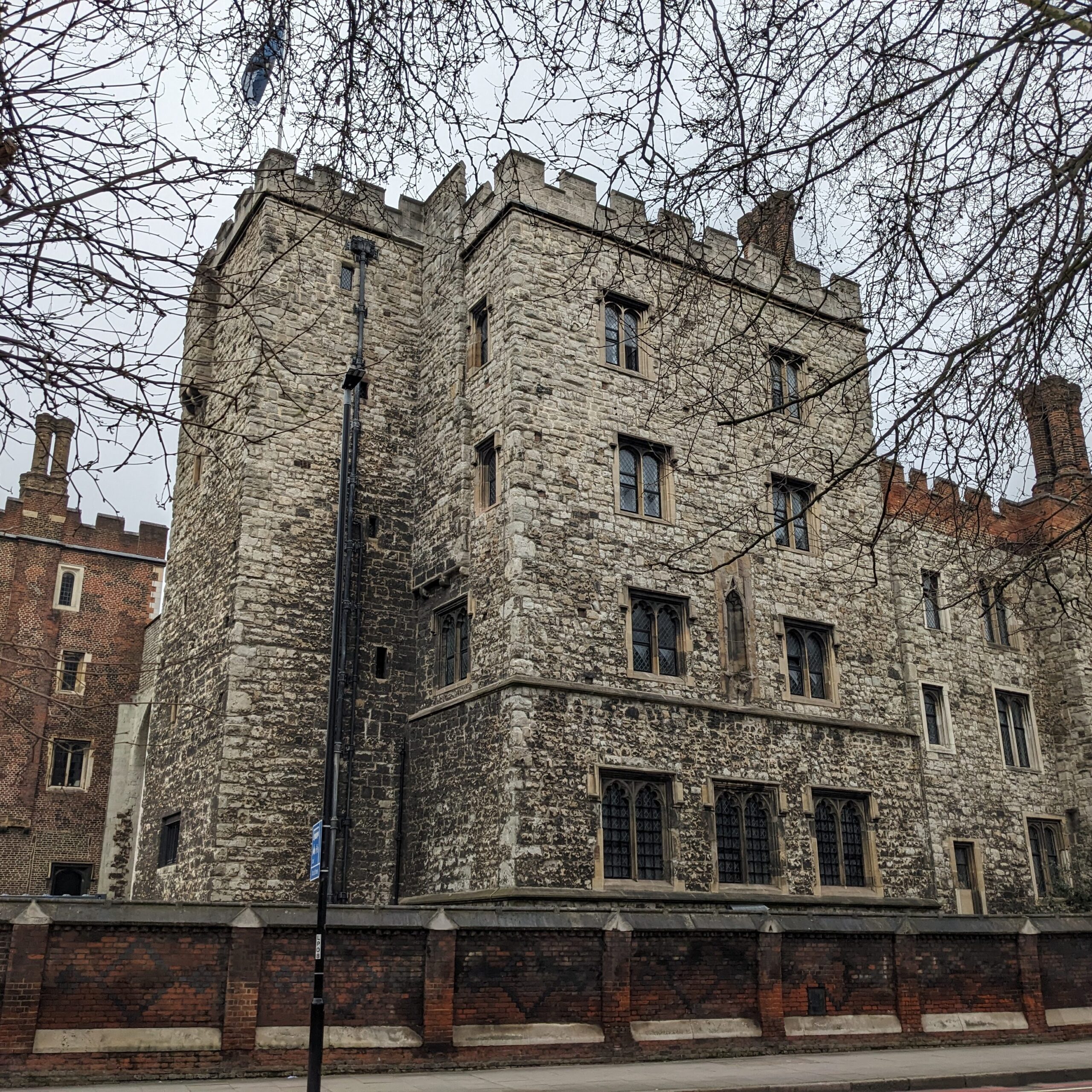
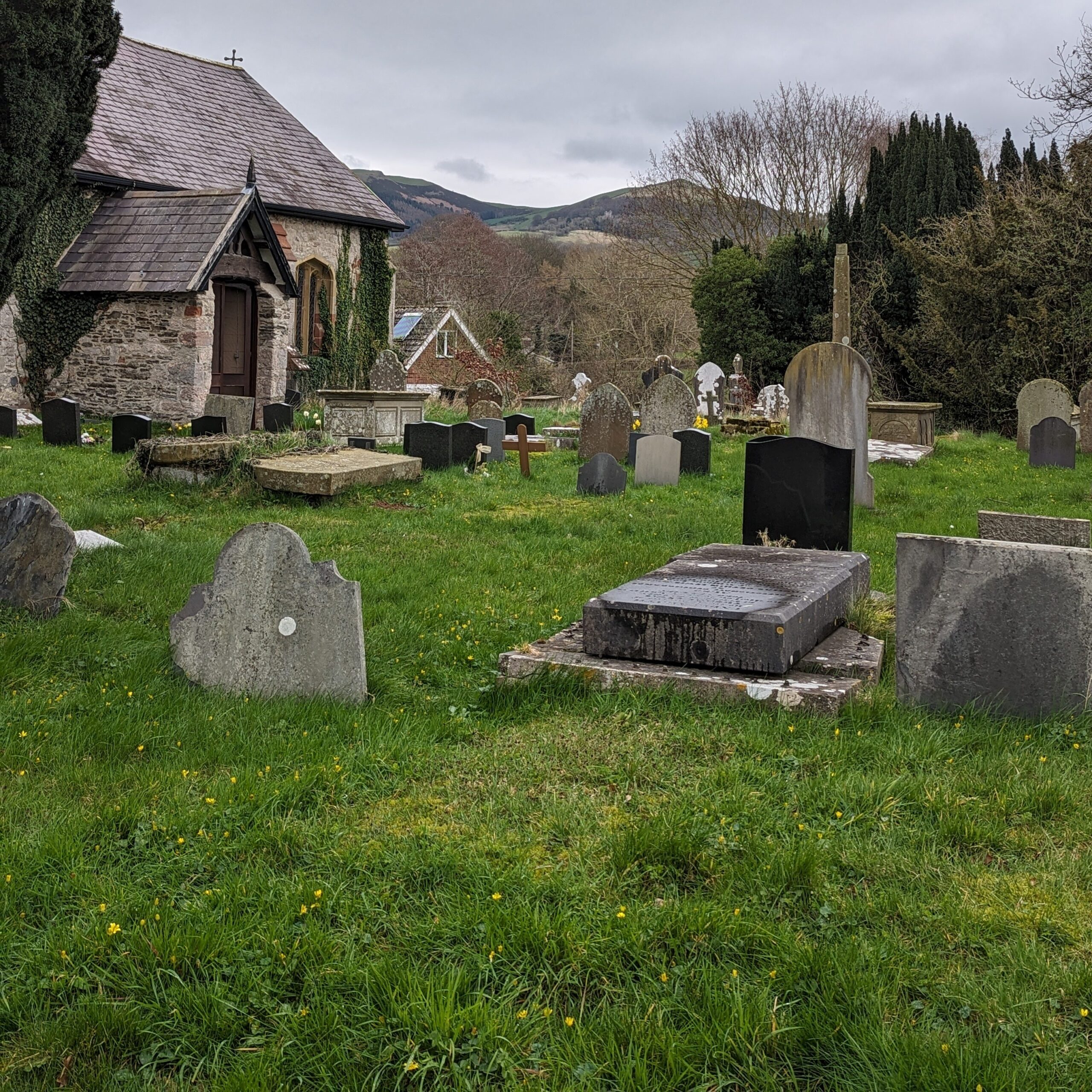
Meanwhile I had discovered a new and unusual hobby.
This was visiting the churches dotted around Ruthin in a bid to find any gravestone that might mention Plas Coch, Well Street.
You may well wonder why I added Well Street there. Well to add further confusion, there is another Plas Coch of the time, referred to in documents as, Plas Coch, Ruthin.
Tricky.


